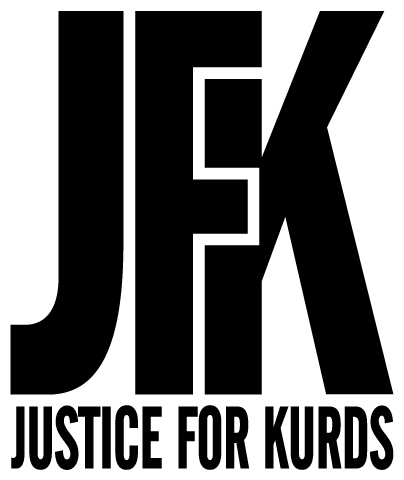On March 13, 2018, hundreds of policy makers, scholars and fellows from American and international think tanks, opinion leaders, artists and cultural figures, members of the press and activists gathered, under the auspices of the Kurdistan Regional Government’s Permanent Representation in the United States, to commemorate the 30th anniversary of Halabja Day (March 16, 1988) and the genocide perpetrated to the Kurds over decades.
In the late 1980s, hundreds of thousands of Kurdish men, women and children were systematically exterminated for the sole reason of who they were. Victimes were bound and murdered in mass graves. From 1976 to 1988, 4,500 villages were destroyed so that the economic backbone and vibrancy of Kurdish society would be demolished. During this period, it is estimated that 182,000 people were murdered, a large portion with chemical weapons. Women and children were sent to camps where they often died from the shocking conditions and men and boys, able to fight back, were targeted for murder. This campaign came to be known as “Anfal” meaning the spoils (of war).
The persecution of the Kurdish people dates well before the late 1980s and approximately one million people have vanished since the 1960s when the arabisation of villages began on the outskirts of Kirkuk. Systematic, organized massacres have devastated the population, leaving survivors of the chemical attacks with severe health problems. (1)
The conference, held on March 13, served to honor the memory of those who lost their lives and the strength of the survivors and opened the floor to larger discussions on accountability, justice, reconciliation, recognition and remembrance.
Justice for Kurds Chairman, Thomas S. Kaplan, architect Daniel Libeskind and Dr. Richard Kurin of the Smithsonian Institution tackled the role of art and museums in shaping memory for the past, present and future and poignantly illustrated the power of architecture and culture in acts of remembrance. Dr. Kaplan insisted that “in the case of the Kurds, civilization owes them a lot…We owe them our gratitude.”
Dr. Kaplan called on the audience to remember “what these people have given to civilization and what they continue to give to us as our allies, as true and loyal friends, even in today’s fight and today’s struggle. They are on the front line. So when we think of memory, let’s first and foremost think of gratitude. I would urge all of you to find a way to be able to express your gratitude to this noble people…”
Bayan Sami Abdul Rahman, KRG Representative to the United States, spoke and honored the victims of Halabja, stating that “recognition is part of the process of bearing witness to their persecution.” Her remarks were also a call to the audience, and wider public watching via live stream, to keep the memory alive so that atrocities are not repeated. And yet, Rahman reminded, how often we say “never again” and it still continues. The inability to look at people’s humanity above their race and background and sets of beliefs is still pervasive and must be combatted, she emphasized.
Senator Christopher von Hollen of Maryland, who had written the 1988 report with Ambassador Peter Galbraith, attesting to the Saddam Hussein atrocities and gas attacks, reiterated his position, as he had stated in October 2017, that “Kurdish forces in Iraq and Syria are vital partners of the United States and have played an essential role in the fight against the Islamic State in Iraq and Syria (ISIS). The Iraqi government’s military offensive against Kurdish forces undermines the coalition’s efforts to combat ISIS and is an outright abuse of U.S.-provided defense equipment.” (2) The Senator reinforced his position in defense of Kurdistan and implored the United States government and the international community not to abandon the Kurds.
The conference concluded with a powerful documentary entitled “One Yezidi Family vs ISIS” by RWF and bore witness to the sorrows faced by the Yezidis at the hands of ISIS, but also to their strength and determination to survive amid terror. A moving conclusion to a day marked by a painful past but filled with hope for the future.
